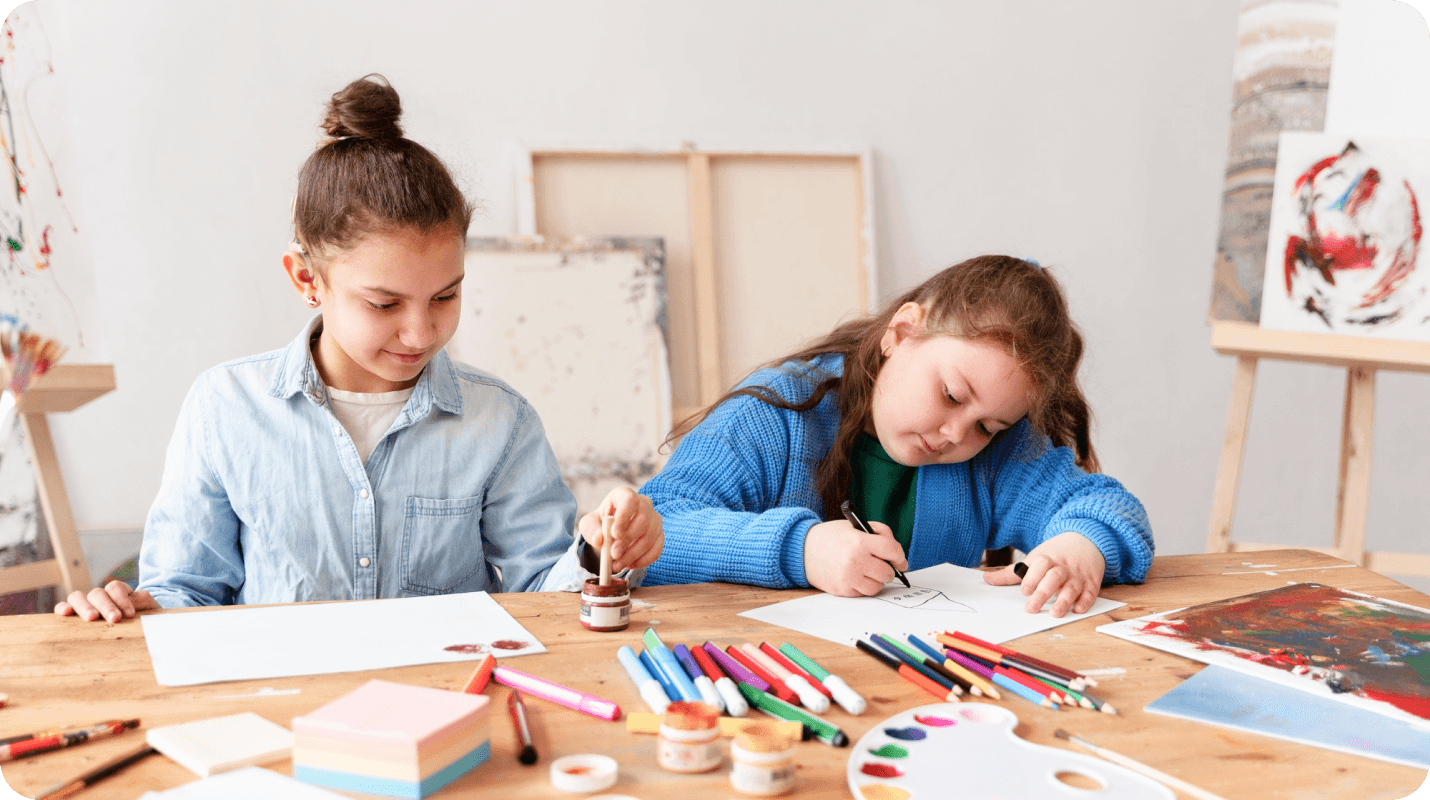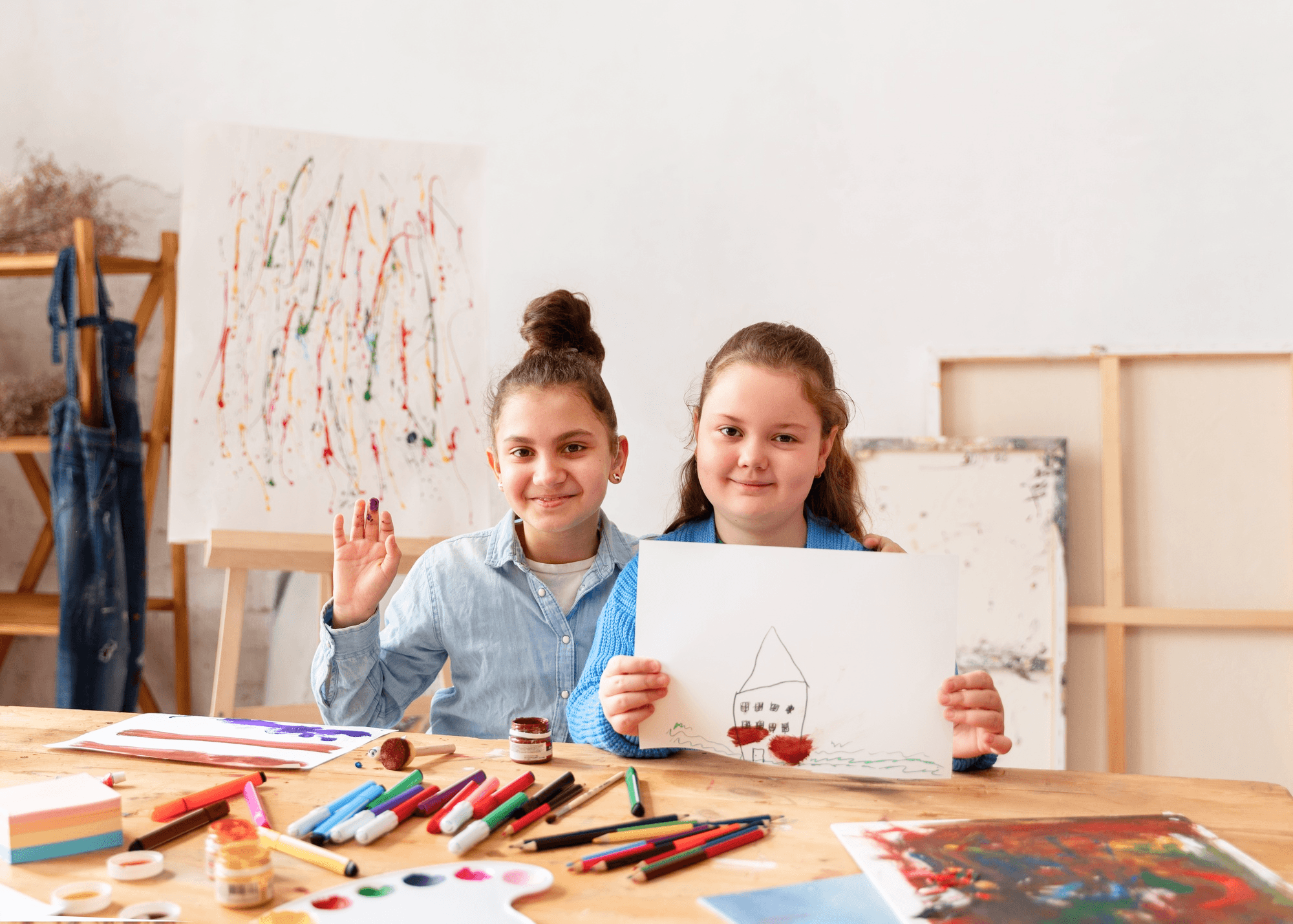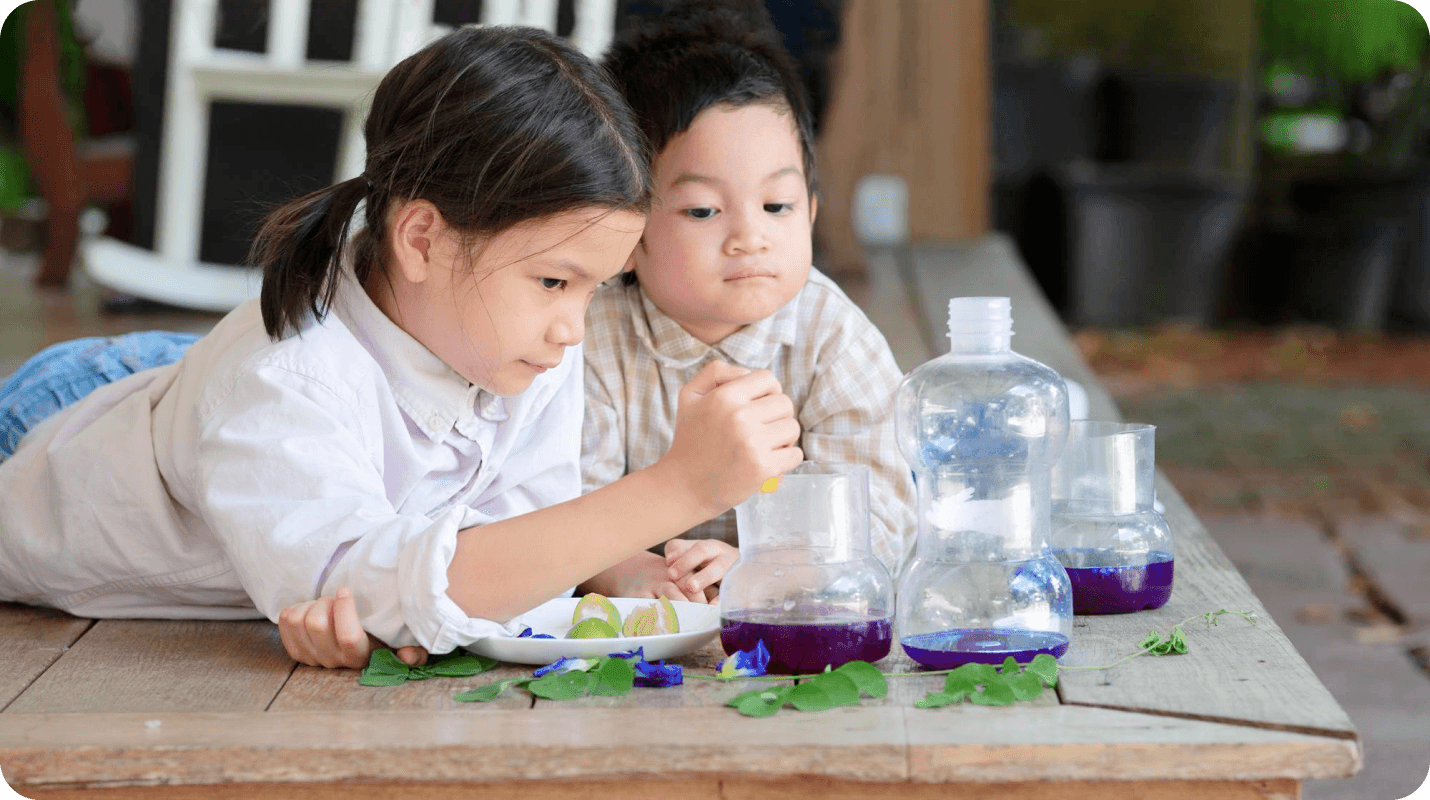Art is a powerful tool for development and expression, especially in young children. It not only fosters creativity but also builds critical thinking skills, boosts self-esteem, and enhances problem-solving abilities. Here's how you can encourage creativity through art in young learners, ensuring they reap the maximum benefits of this expressive medium.

Why Art Matters
Art engages children's senses and helps them to express their emotions and thoughts in ways words cannot. It supports the development of motor skills through actions like cutting, drawing, and molding. Moreover, art encourages decision-making and innovation, essential skills for personal and academic success.
Tips for Encouraging Artistic Expression
Provide Various Materials: Offer access to different art supplies such as paints, crayons, markers, clay, and fabrics. This variety encourages experimentation and discovery.
Create an Art-Friendly Space: Set up a dedicated space where children can be messy and artistic without worry. This space should be accessible, inviting, and well-stocked with materials.
Focus on the Process, Not the Product: Let children explore materials and ideas without pressure. The process of creation is more valuable than the end product.
Introduce Art from Around the World: Expose children to various cultural artworks to inspire them and broaden their artistic perceptions.
Celebrate All Efforts: Display artwork prominently at home or in the classroom. Celebrating all attempts at art, regardless of outcome, boosts confidence and motivation.
Engaging Art Activities
Collaborative Murals: A large sheet of paper for group projects can help foster teamwork and collective creativity.
Nature Collages: Using leaves, twigs, and flowers to create art helps children explore textures and patterns.
Story Illustration: Have children draw scenes from a story you read together. This links literacy and art.
Recycled Art: Encourage children to create new art pieces from recycled materials, promoting environmental awareness and innovation.
Art is a powerful tool for development and expression, especially in young children. It not only fosters creativity but also builds critical thinking skills, boosts self-esteem, and enhances problem-solving abilities. Here's how you can encourage creativity through art in young learners, ensuring they reap the maximum benefits of this expressive medium.

Why Art Matters
Art engages children's senses and helps them to express their emotions and thoughts in ways words cannot. It supports the development of motor skills through actions like cutting, drawing, and molding. Moreover, art encourages decision-making and innovation, essential skills for personal and academic success.
Tips for Encouraging Artistic Expression
Provide Various Materials: Offer access to different art supplies such as paints, crayons, markers, clay, and fabrics. This variety encourages experimentation and discovery.
Create an Art-Friendly Space: Set up a dedicated space where children can be messy and artistic without worry. This space should be accessible, inviting, and well-stocked with materials.
Focus on the Process, Not the Product: Let children explore materials and ideas without pressure. The process of creation is more valuable than the end product.
Introduce Art from Around the World: Expose children to various cultural artworks to inspire them and broaden their artistic perceptions.
Celebrate All Efforts: Display artwork prominently at home or in the classroom. Celebrating all attempts at art, regardless of outcome, boosts confidence and motivation.
Engaging Art Activities
Collaborative Murals: A large sheet of paper for group projects can help foster teamwork and collective creativity.
Nature Collages: Using leaves, twigs, and flowers to create art helps children explore textures and patterns.
Story Illustration: Have children draw scenes from a story you read together. This links literacy and art.
Recycled Art: Encourage children to create new art pieces from recycled materials, promoting environmental awareness and innovation.
Art is not just a subject, it’s a pathway to broadening young minds, developing emotional depth, and nurturing creativity.
Art is not just a subject, it’s a pathway to broadening young minds, developing emotional depth, and nurturing creativity.
Encouraging exploration and providing a loving and supportive aging environment is key to helping them navigate these early years of being educated successfully.
Encouraging exploration and providing a loving and supportive aging environment is key to helping them navigate these early years of being educated successfully.
Share to:
Share to:
Latest Articles


Related articles
Related articles
Ready to give your child
a head start?

Ready to give your child
a head start?

Ready to give your child a head start?

Ready to give your child
a head start?





